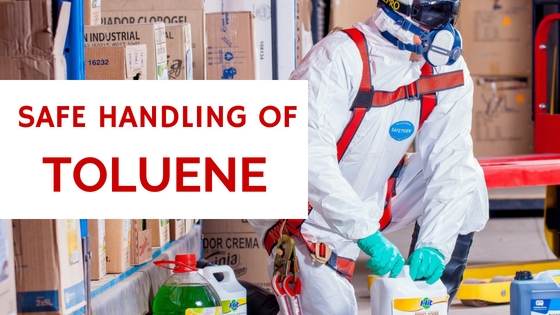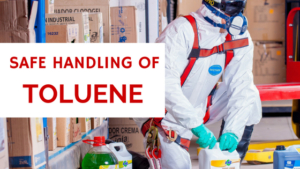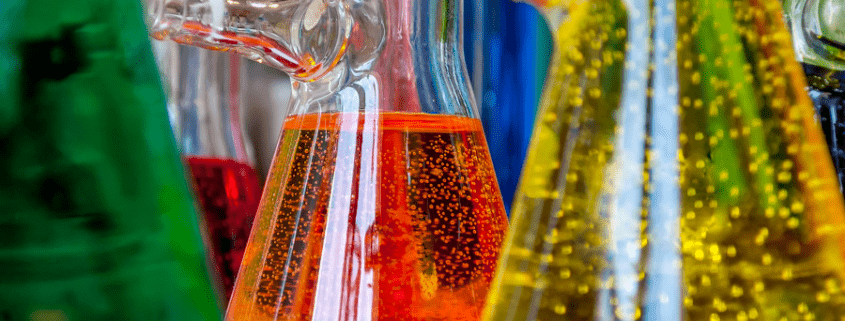What Is A Tail Solvent?
A tail solvent is a slow-evaporating solvent that enables paint to evaporate slowly and allows the substance to flow smoothly.
A tail solvent is a solvent added in small amounts to organic coating, ink, or paint formulas.
Tail solvents are often less volatile than other substances in the paint, ink, or coating formulas.
Tail solvents are utilized to maintain the paint film in a product so that the flow is improved and the substance takes longer to dry.
Benefits of A Tail Solvent
Tail solvents are beneficial in substances such as inks and types of paints.
These products benefit from the slow evaporation rate provided by a tail solvent, especially pen or marker ink. In the case of writing pen or marker ink it would be detrimental to the success of the product to dry quickly without a smooth flow.
A tail solvent ensures that the optimal formula is created for a product like pen ink’s success.
Common Tail Solvents
Almost any slow evaporating hydrocarbon solvent can be utilized as a tail solvent.
Dipropylene Glycol Methyl Ether
Glycol DPM or Dipropylene Glycol Methyl Ether is often utilized in industrial manufacturing of printing ink as a tail solvent.
Substances like Glycol DPM are often included in formulas as tail solvents, because they are hydrocarbon solvents.
Hydrocarbon solvents are often hydrophilic with slow-evaporation rates.
These traits yield the smooth flow and slow evaporation rate that make tail solvents so efficient.
Heptane
Heptane is also a chemical that it utilized as a tail solvent, primarily in printing ink, due to its slow evaporation rate, low toxicity, and the fact that it is a hydrocarbon solvent.
Tripropylene Glycol Methyl Ether
Glycol TPM or Tripropylene Glycol Methyl Ether is another substance that is often applied as a tail solvent due to a slow evaporation rate, and low viscosity.
Glycol TPM is also often utilized in printer ink, pen ink, and marker ink. Glycol TPM is used as a tail or primary solvent.
Solvents in Ink
Solvents are often utilized in the industrial creation of inks in conventional and digital printers.
Solvents that are slow evaporating are often ideal for this application, because it is beneficial to various types of inks to be smooth, flowing, and long lasting.
Solvents that are often applied as a solvent in printing and pen inks include Heptane, Tripropylene Glycol Methyl Ether, and Dipropylene Glycol Methyl Ether.
Heptane is utilized in ink for digital and conventional printing.
Glycol TPM is found in ballpoint pen ink, felt-tip pen ink, printing ink, and livestock markers.
Purchase any of our Glycol products online here or call (800)-563-1305 for more information!






